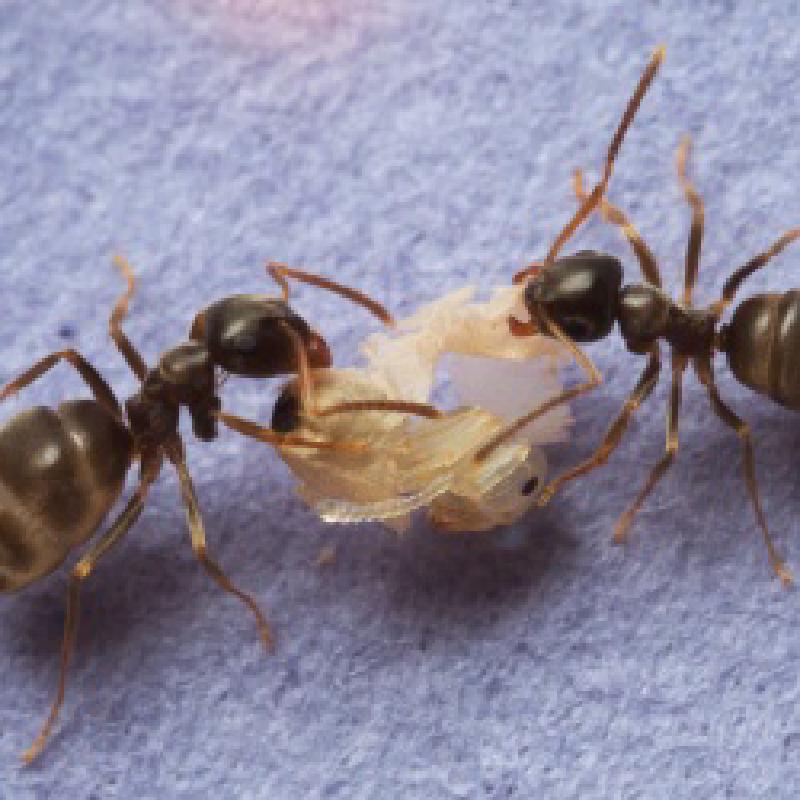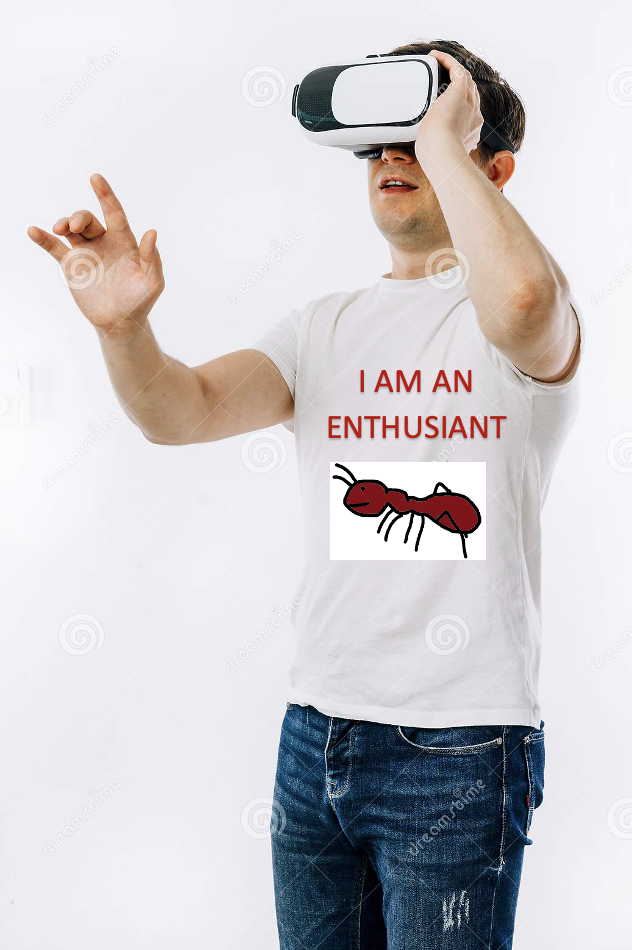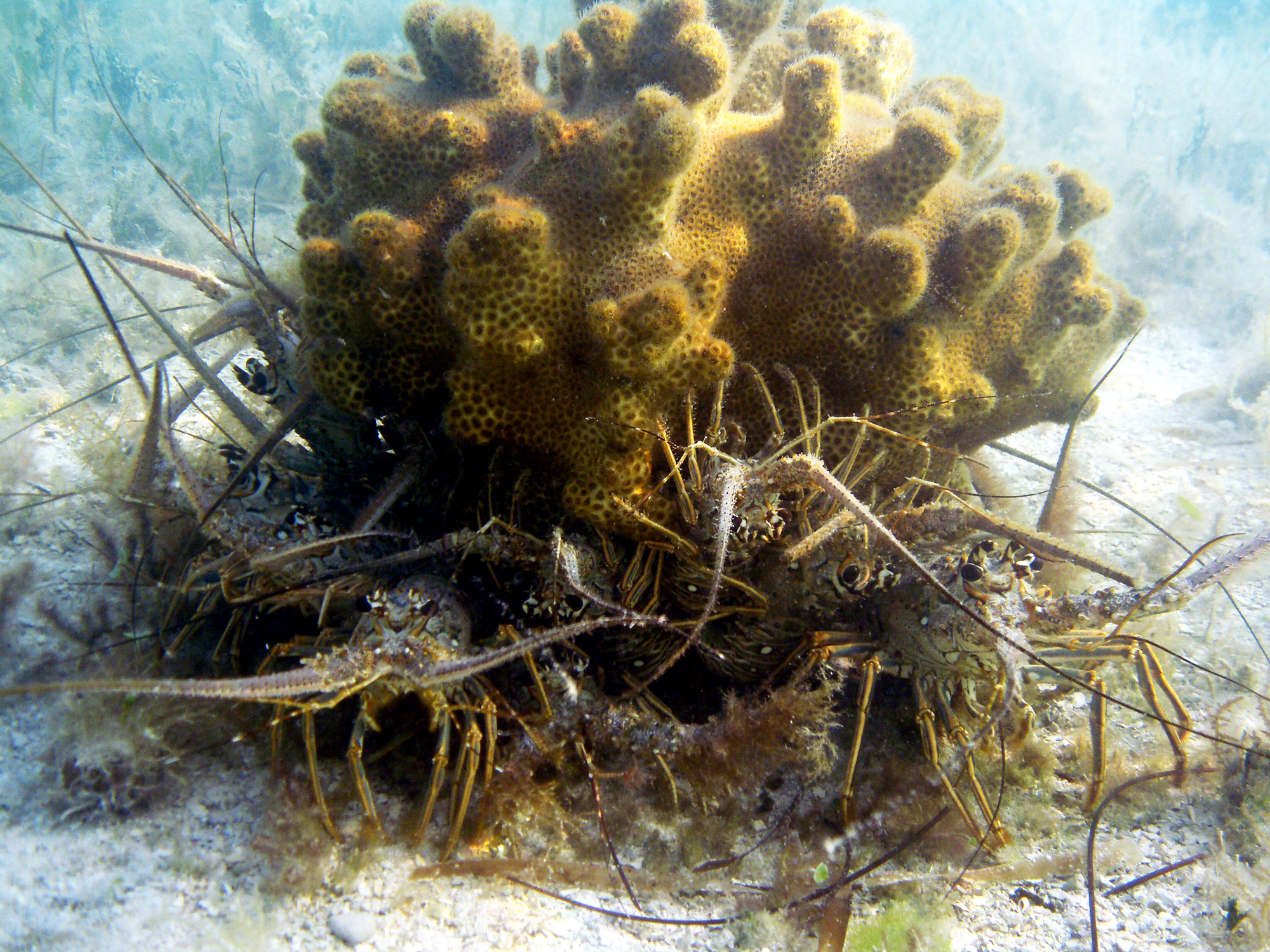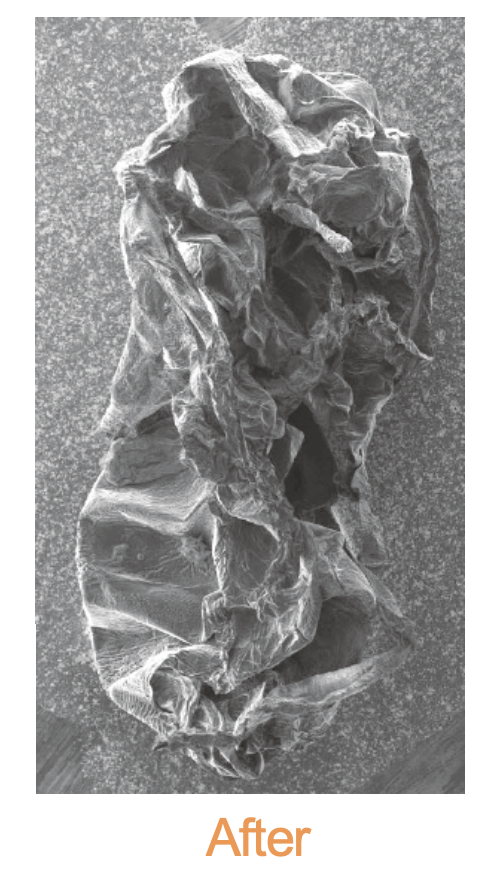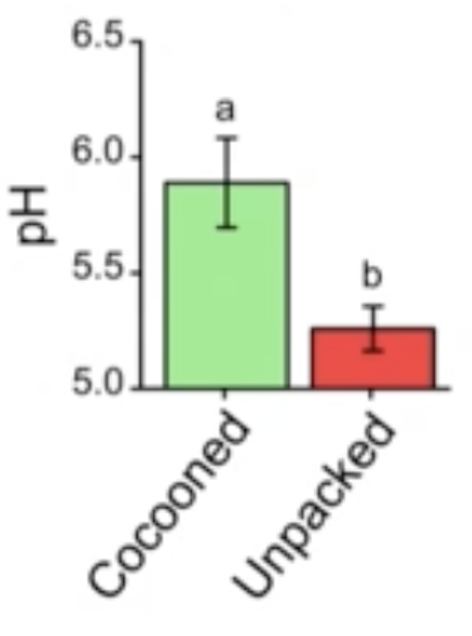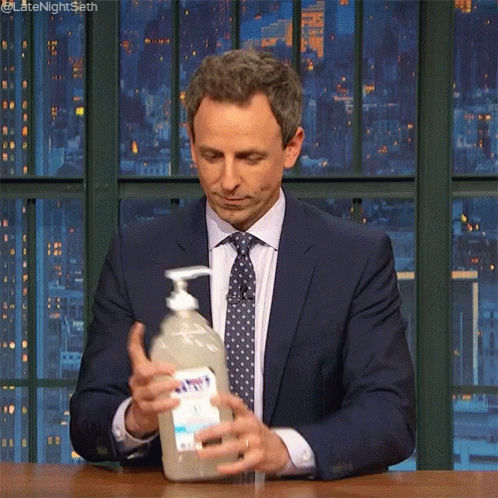HELLO today is a good day to be a fun fact and today you get a Daily Fun Fact From Flora ,
Today we are going back to my much beloved subject — ants . I"M SORRY if you find ants boring but if you do think that ants are boring then you are simply just wrong and I"m going to show you why.
To all my ant enthusiasts — this one is for you. ( Enthusiants? I"ll get some T-shirts made)
(due to recent budget cuts the VR headset is not included we"ve also had to let our graphics designer go )
ANYWAYS.
Ants.
We spoke about animal group living earlier this week and it’s a very interesting topic.
One of the disadvantages of group living, which we are experiencing particularly keenly at the moment, is the spread of disease (sorry). But this isn’t just a human problem. There are other species that have to face it as well and they aren’t going into animal-enforced lockdowns are they?
Well some do enforce social distancing. The Caribbean spiny lobster lives in cooperative burrows with usually a few other individuals.
But when one of them gets sick it will den on its own. Now there are two reasons this could be the case — it might be that this is being enforced by other lobsters refusing to den with the sick one, or it could be that the sick individual retreats from social interactions when it isn’t feeling so hot.
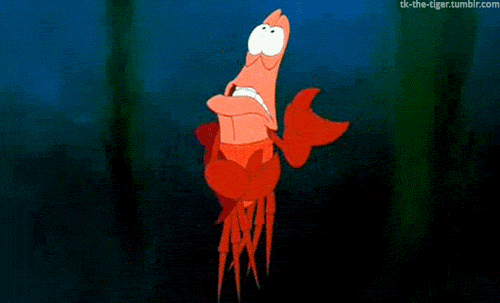
So some researchers did some cool experiments where they gave spiny lobsters the choice of who they denned with. The sick ones went with anyone , but the healthy ones would only go with other healthy ones — suggesting that it’s a decision being made by healthy individuals.
Now how do they know one of them is sick? It’s not exactly super obvious from the outside. Well actually the others can detect chemicals emitted in the sick lobster’s urine (a whole lot cooler than a PCR test I can tell you that for free).
Lobsters will refuse to den with sick individuals , even if it means they have to find a whole new area in which to live, increasing the risk that they are attacked by a predator. This meant when there was the spread of a virus called PaV1 that has a 90% mortality , the lobsters were actually fine. No major population declines. Winner!
But the really interesting example here is, of course, ants. Ants live in highly integrated colonies and cohesive societies that can essentially be compared to a super-organism. The risk of transmission is incredibly high and there isn’t a lot of room for social distancing. Imagine your cells trying to social distance from each other in your body not really an option.
And yet — ant colonies don’t seem to suffer from disease. Ever.
What fuckery is going on here .
Well some researchers exposed a pupa (an ant larva still in its cocoon) to some fungal spores , put it back with the other ants and waited to see what happened.
What the ants did is they started to cut the pupa out of its silk cocoon.
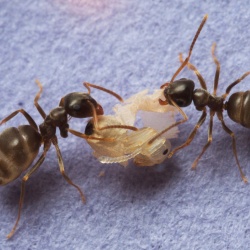
They then started to bite holes into its cuticle (its “skin” if you will) and sprayed poison inside the pupa from the tip of their abdomens.
They then bit the limbs off and sprayed them with poison too. For several minutes they just stabbed more holes in this poor little ant and filled it with poison , essentially disinfecting it from the inside out.
Oh and the pupa is
still alive
at this point. This is what it looks like before.
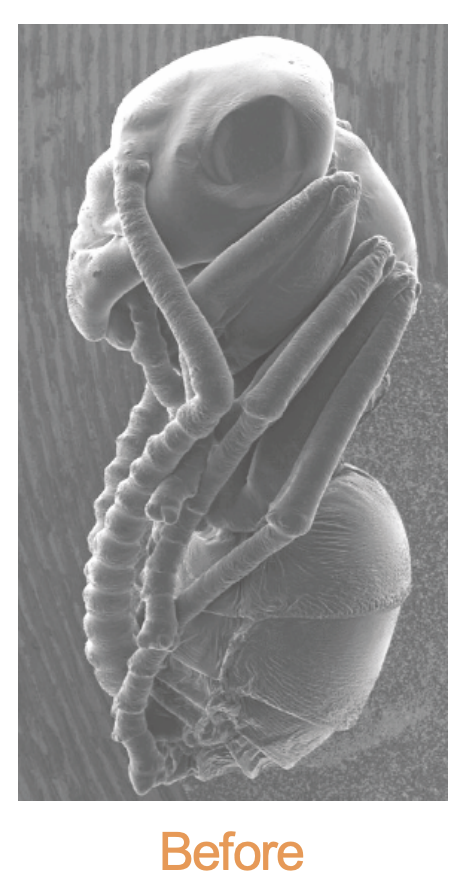
All curled up inside it’s little cocoon how nice.
This is what it looks like afterwards.
AHHHHHHHHH.

And if you were wondering (you know you were) this is the pH level inside before and after.
OH SHIT — that is ACIDIC.
Lockdown ain’t so bad now is it?
But seriously don’t go sterilising yourself from the inside out. It’s a bad idea.
Lots of love,
Flora
